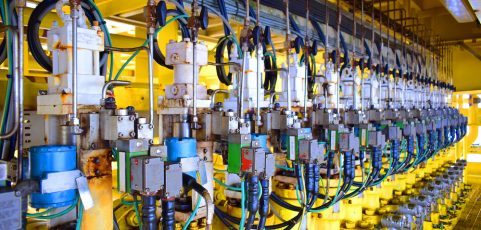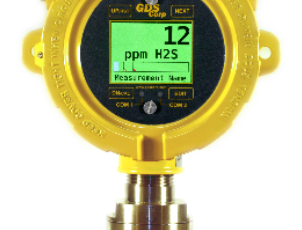
by GDS Team | May 14, 2021 | H2S, Hydrogen Sulfide
Offshore oil rigs, especially more established operations, can produce high levels of hydrogen sulfide (H2S), which can be extremely lethal even at low concentrations. Find out how hydrogen sulfide sensors are built and configured to keep all of your areas protected...

by GDS Team | Apr 23, 2021 | H2S, Hydrogen Sulfide
Does your plant produce hydrogen sulfide gas as a byproduct or use hydrogen sulfide as an essential component in your operations at the plant? Often found in petroleum, natural gas, mineral rock, and natural hot springs, hydrogen sulfide, or H2S gas, is a hazard for...

by GDS Team | Apr 9, 2021 | H2S, Hydrogen Sulfide
Do you come in contact with the highly toxic gas, hydrogen sulfide on a regular basis? From manufacturing and mining to sewers and manure pits, hydrogen sulfide is found in a number of different industries. Hydrogen sulfide can create hazardous conditions for workers....

by GDS Team | Jun 5, 2020 | Gas Detectors, H2S
Maintaining a safe environment by continuously monitoring for the presence of hydrogen sulfide (H2S) is critically important to the health and safety of your workers. With the right detection system, you can protect yourself and your facility from corrosion, fire,...

by GDS Team | Nov 12, 2019 | H2S
In any type of building where hydrogen sulfide is used, workers know the importance of properly monitoring for this substance. Should the smell of rotten eggs begin to permeate throughout an area, it leaves no doubt a hydrogen sulfide gas leak has occurred. When this...

by GDS Team | Mar 22, 2018 | H2S
In many types of industrial environments, a hydrogen sulfide gas buildup is a scenario workers do not want to face. Smelling like rotten eggs, hydrogen sulfide can rise to dangerous levels very quickly, due to it being colorless and able to spread over large areas...







